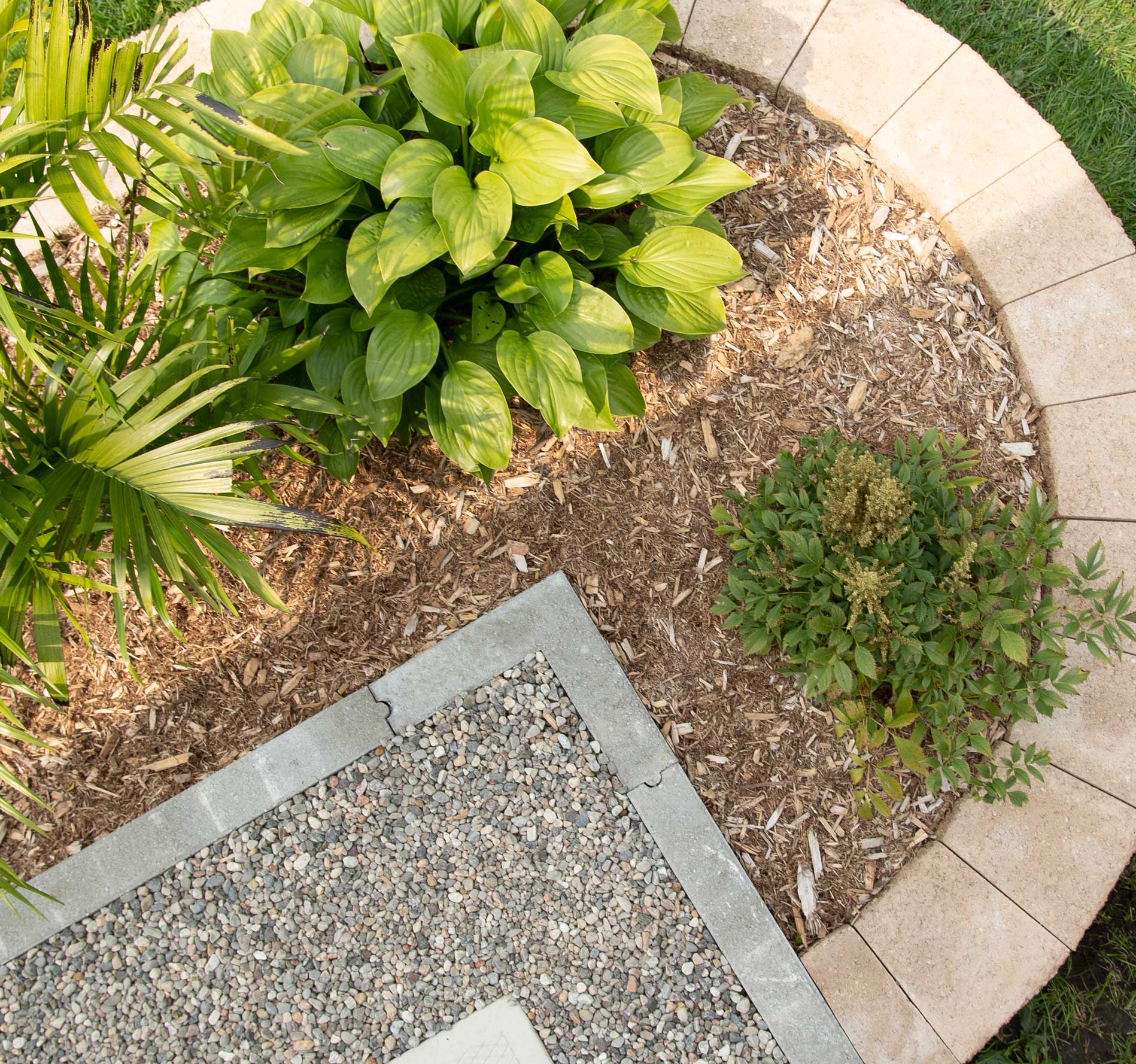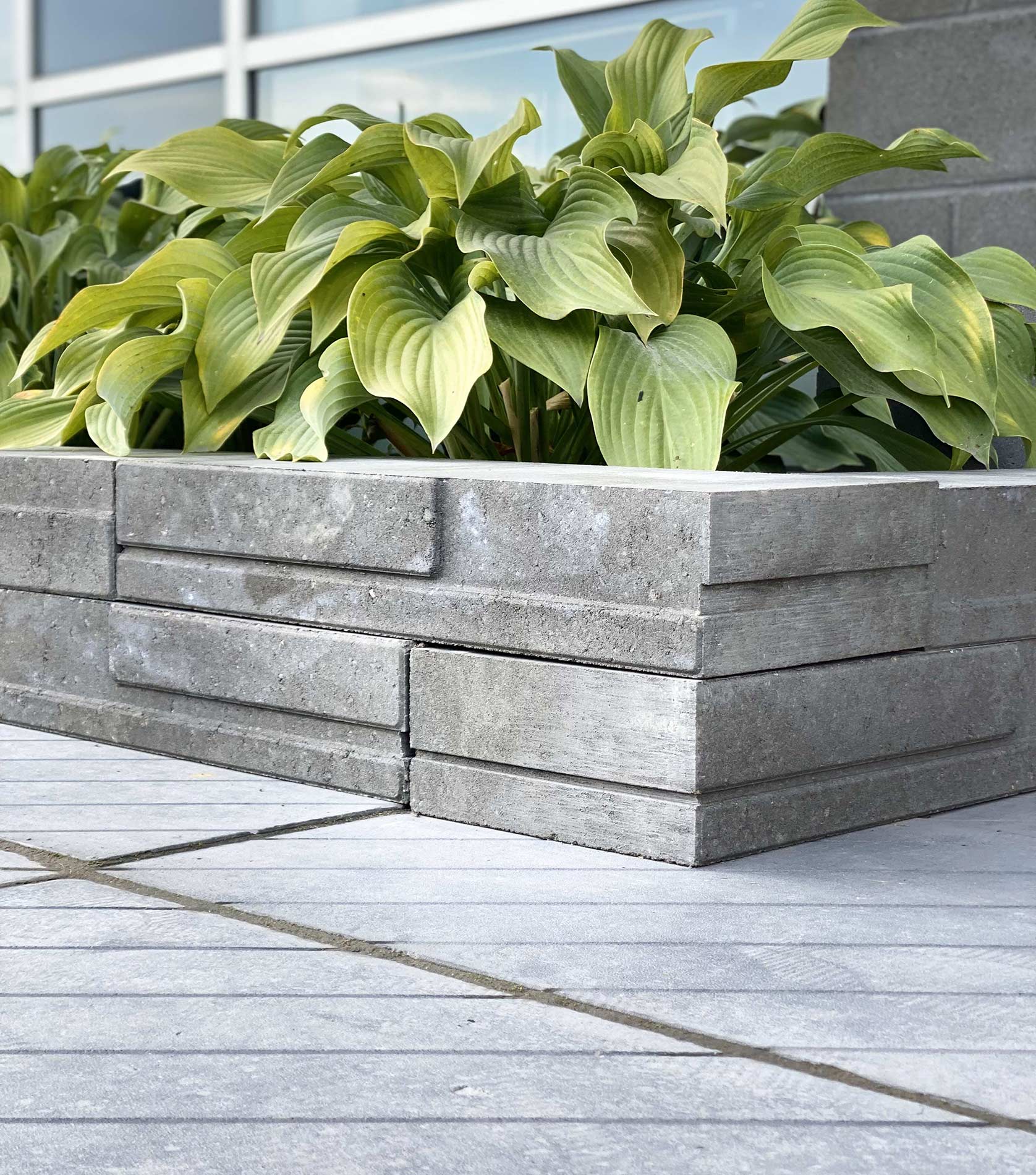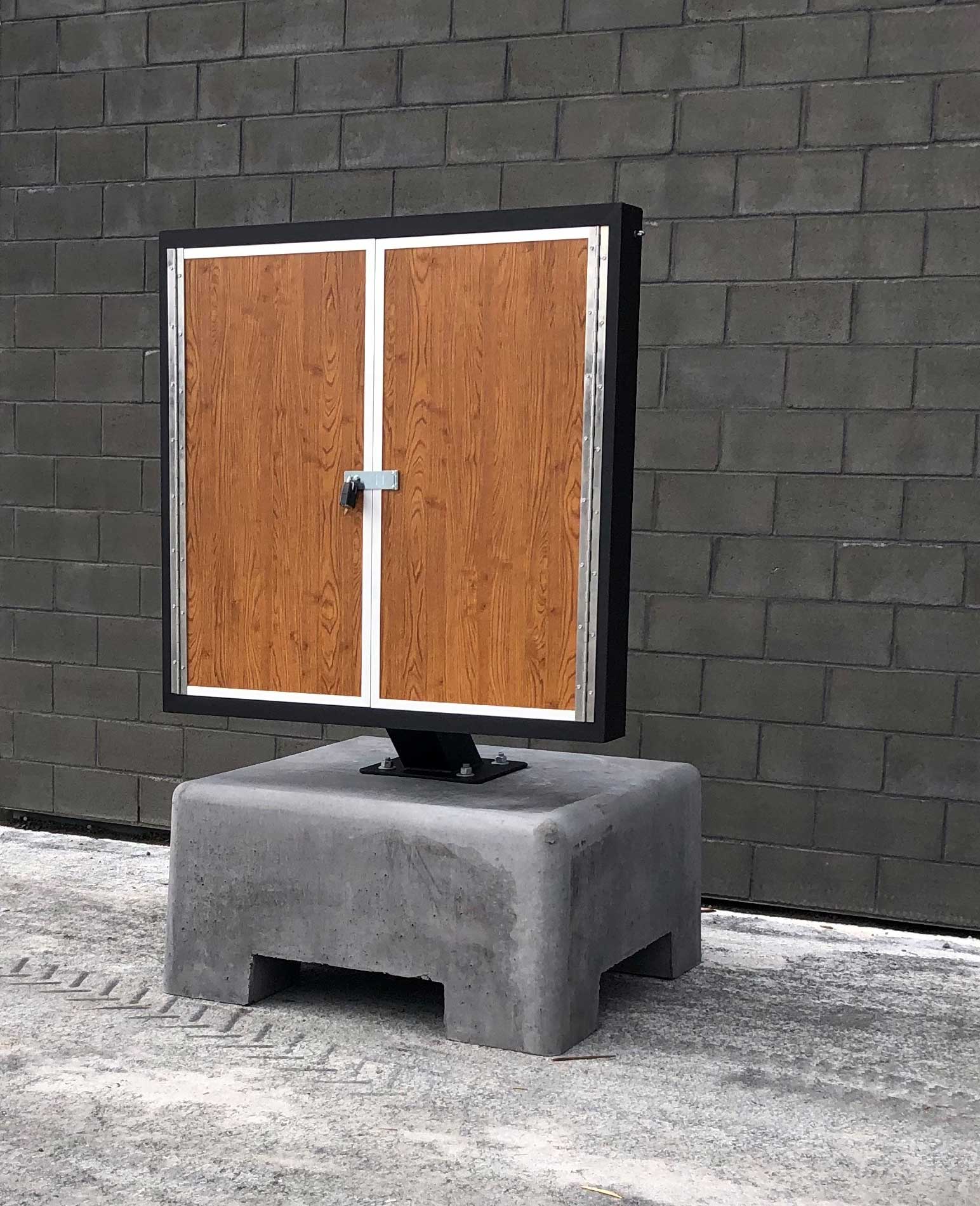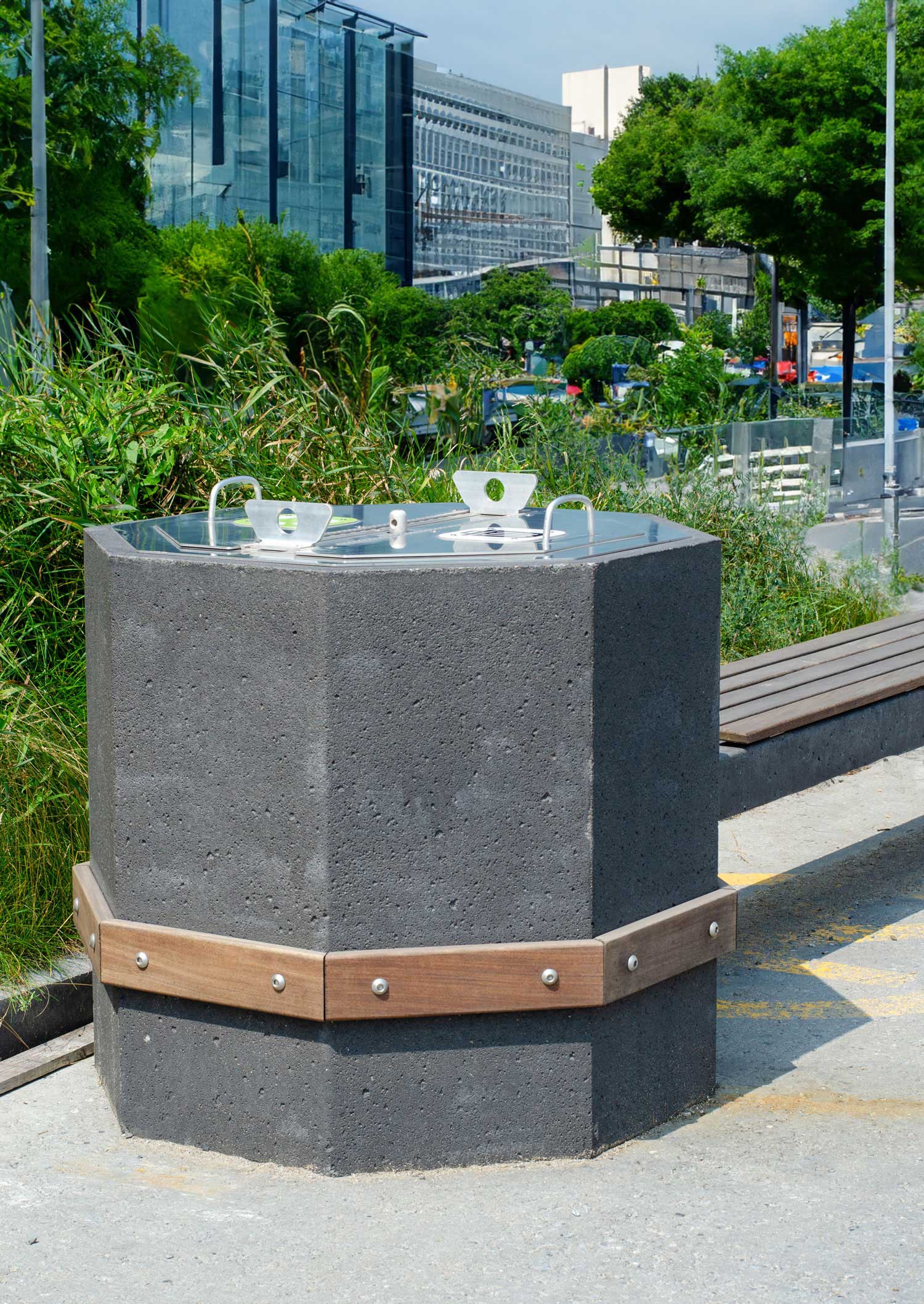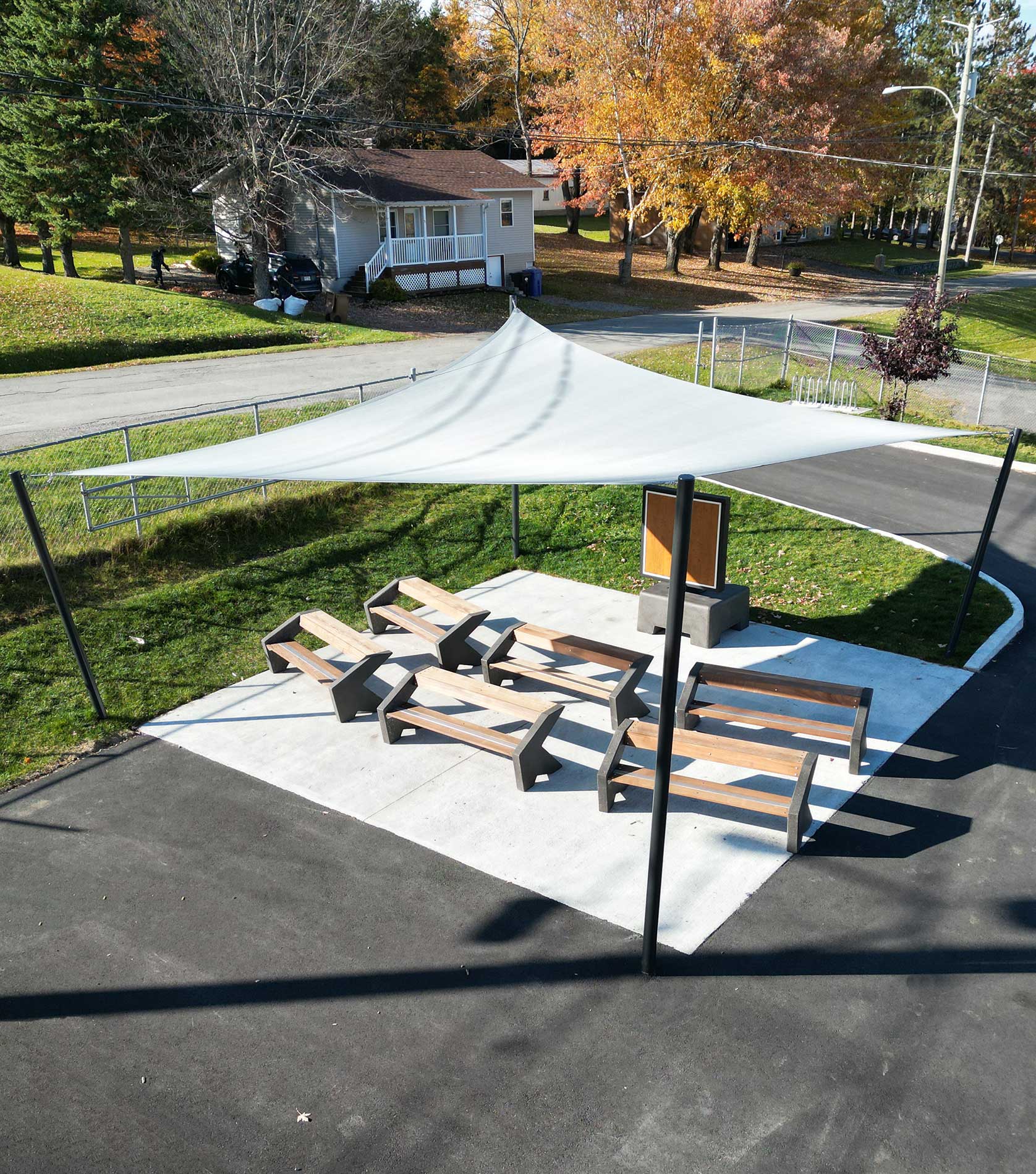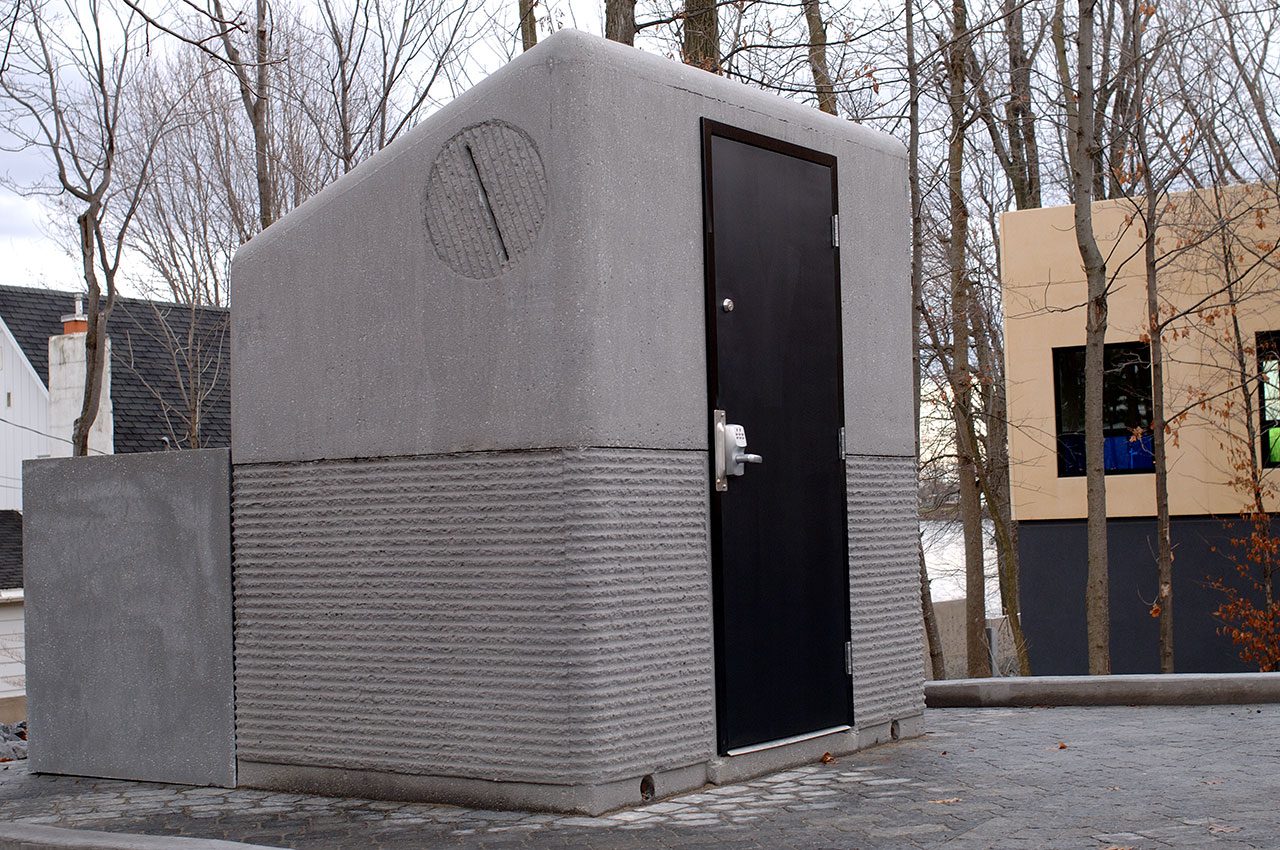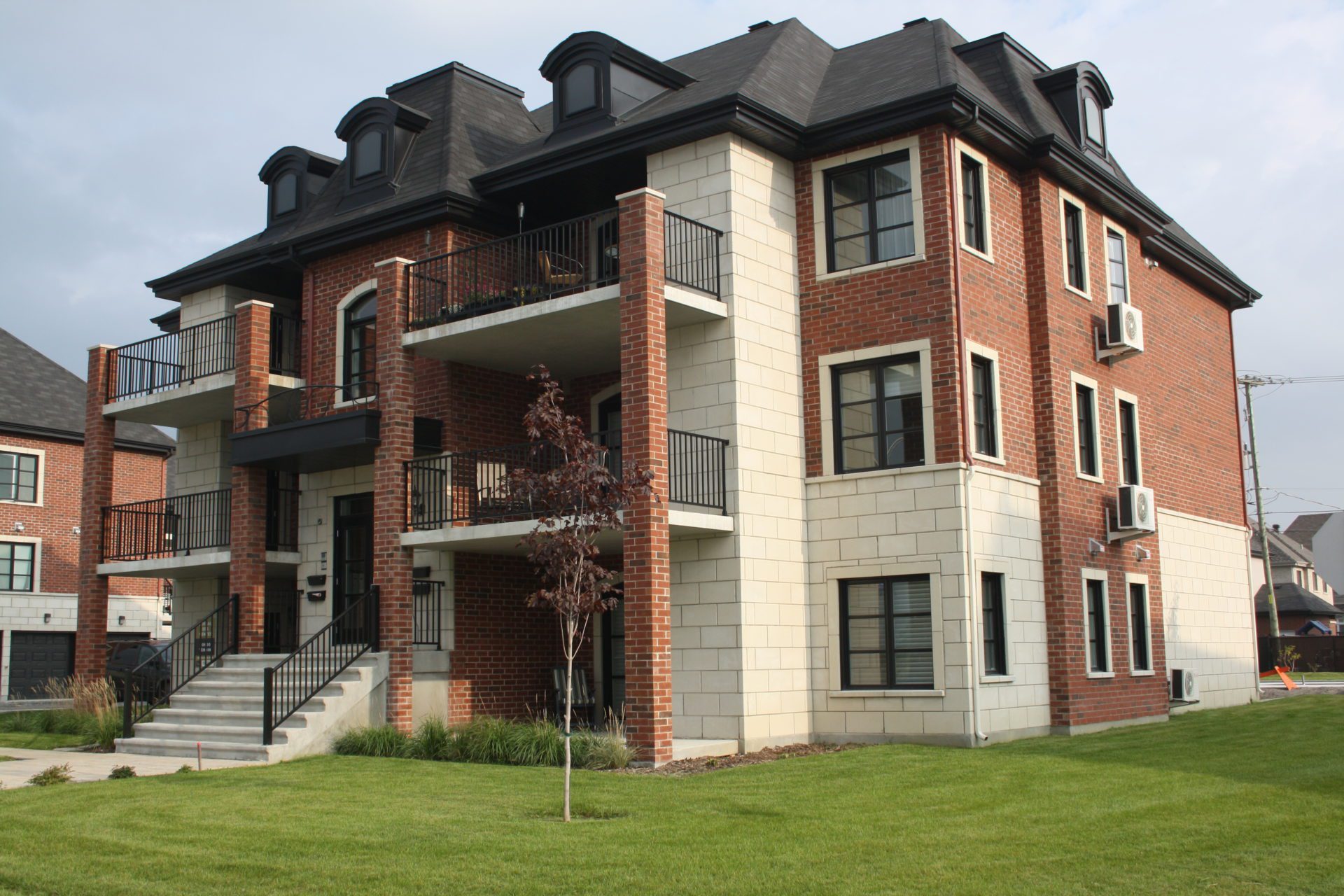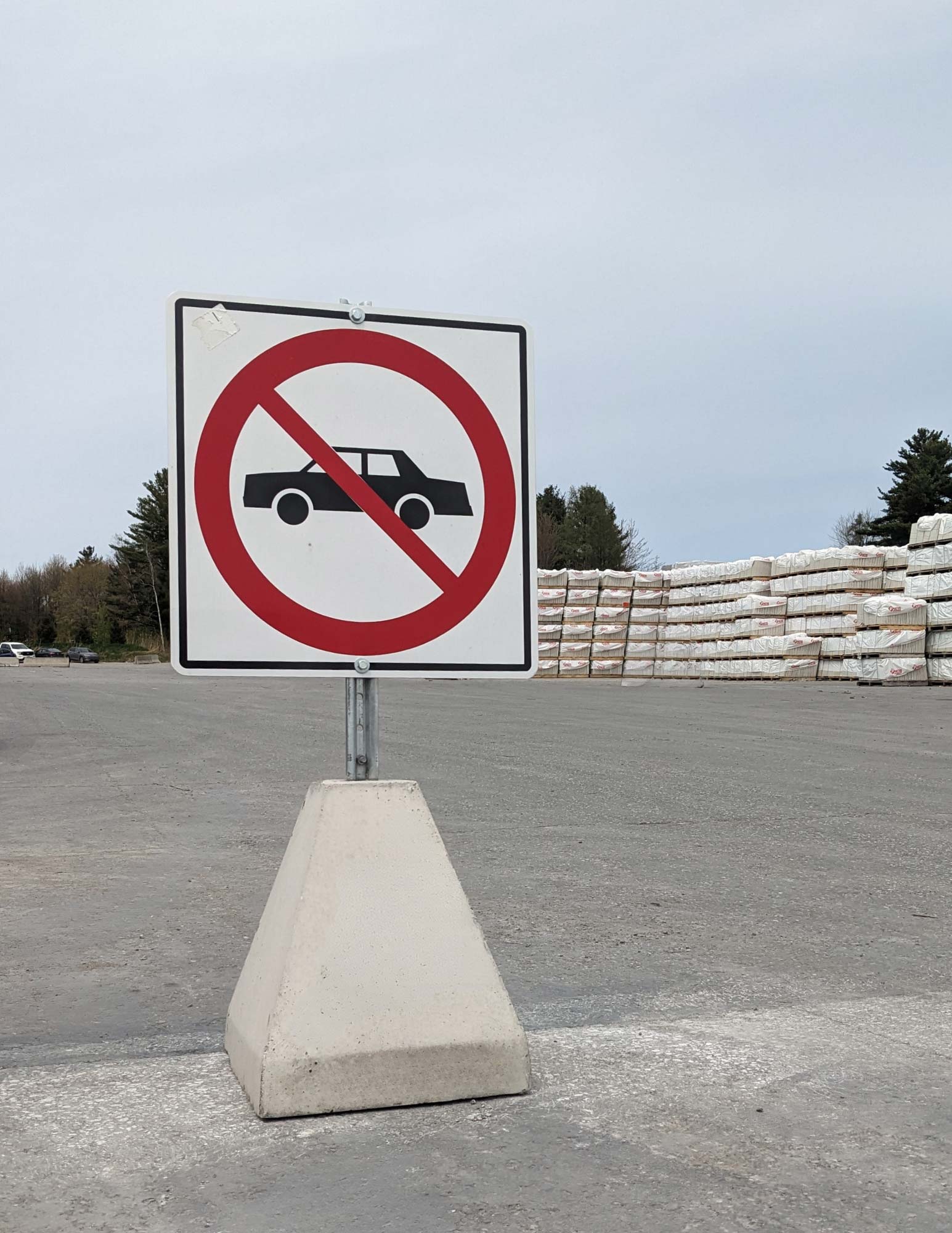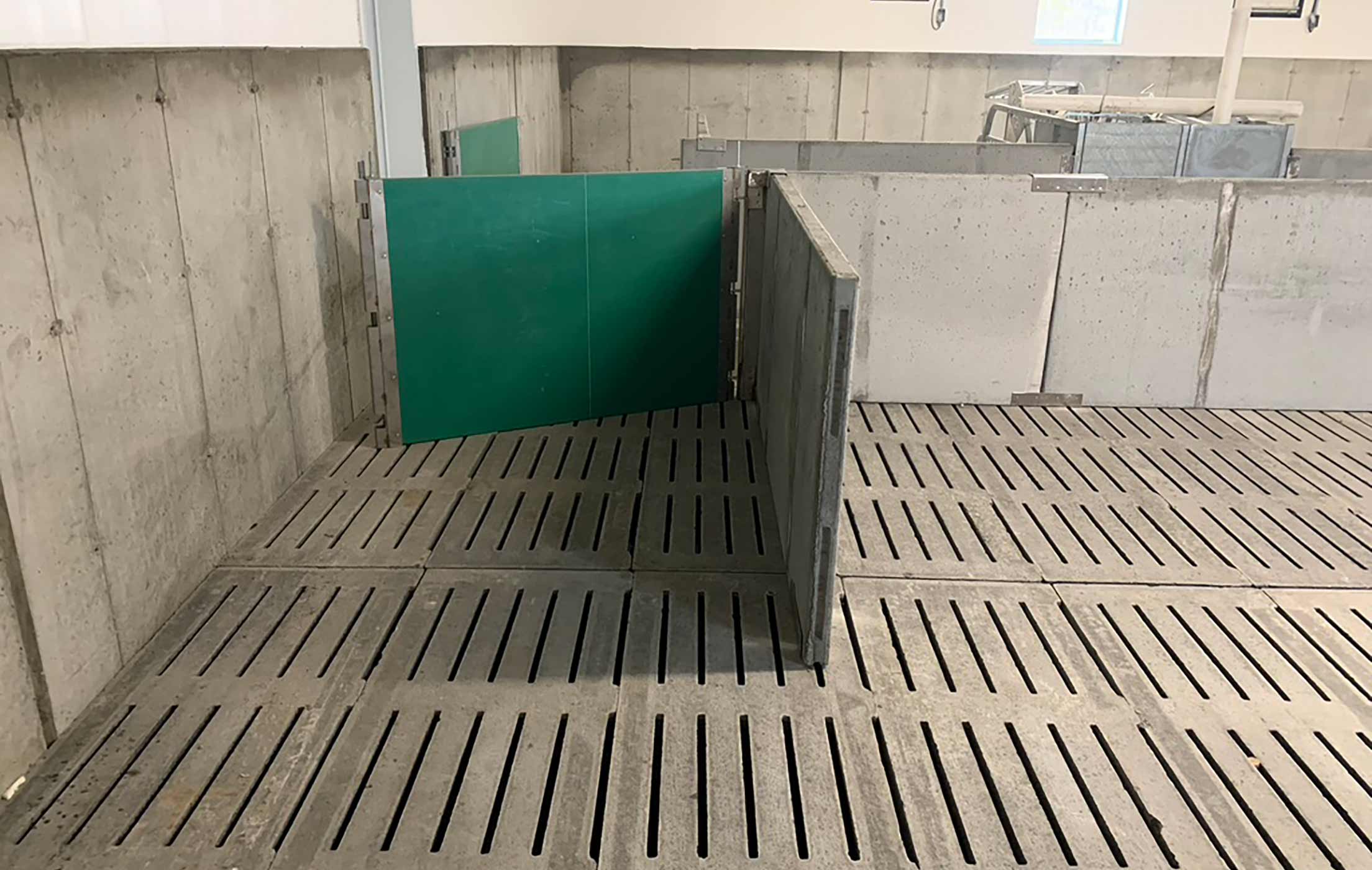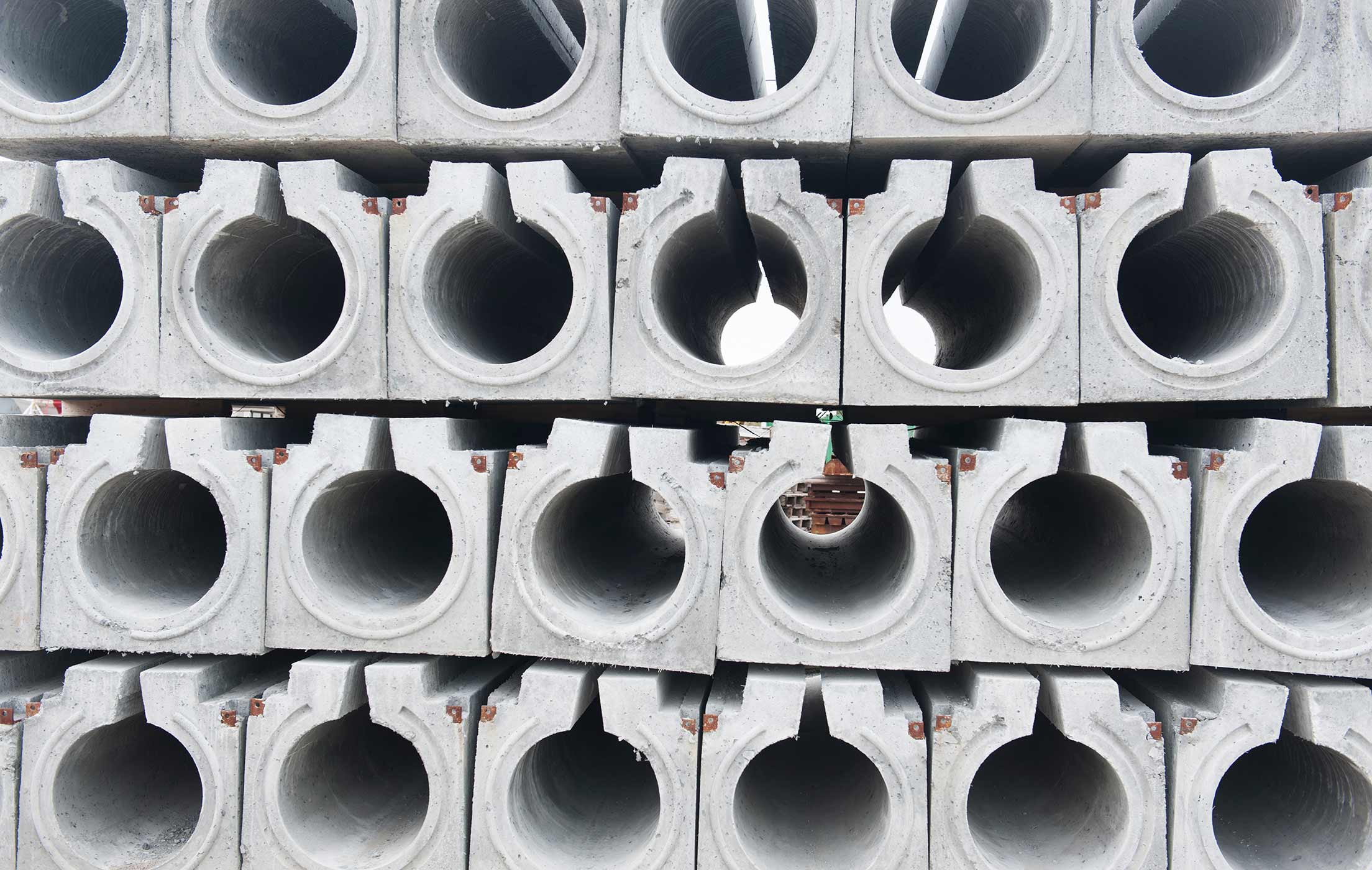Our construction-grade cinder block is safer than ever! Manufactured using a high-performance vibropress, this precast concrete cinder block is sturdy. Our construction-grade cinder block manufacturing plant is CPCI-certified by the Canadian Precast/Prestressed Concrete Institute. Consequently, every construction-grade cinder block that comes from our plant meets and exceeds Canadian standards (CAN A.165.2-M85 TYPE 1-25, ASTM-C55, ASTM-C145 and BNE 2623-001-76). Versatile, it matches perfectly with a number of materials such as wood, stainless steel, or wrought iron, and is suited to landscaping design projects and garden walls alike. Available in different sizes, our construction-grade cinder block is the secret to a well-made project!
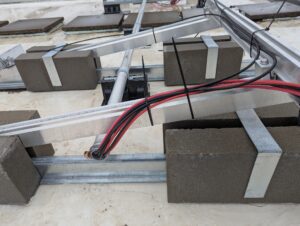 |
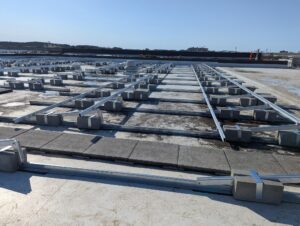 |
What is a solar panel ballast unit?
In many solar installations, particularly on flat roofs or ground-mounted structures without anchoring, concrete blocks are used as ballast to stabilize the panels and resist wind uplift forces. These blocks must therefore combine mass, compactness, durability and compliance with construction standards. Until now, these blocks fulfilled their role, but without regard to their environmental impact.
With our new decarbonized ballast block, this compromise no longer exists. You benefit from a high-performance product that complies with the most rigorous industry standards, while actively reducing your worksite’s net greenhouse gas emissions.
Impeccable technical performance
Our ballast block is designed to standard dimensions of 4″ x 8″ x 16″, making it compatible with the majority of existing solar mounting systems. It offers a compressive strength of 3,000 psi, conforming to ASTM C90 for structural concrete blocks specifically related to ballast applications.
Weighing around 32 lb (14.6 kg), it provides sufficient mass to ensure good panel stability in a variety of climatic conditions, without requiring specialized equipment for handling. Thanks to rigorous production and constant quality control, every block delivered to your site offers maximum reliability and consistent performance.
The same block, available in standard version
While we’re proud to offer the world’s first decarbonized ballast block, we understand that some projects require a more traditional approach. That’s why we also offer a standard version of the same building block, made with conventional concrete. These robust blocks are ideal for projects where performance is paramount, but a reduced carbon footprint is not a priority. To find out more about our complete range of concrete building blocks, visit our dedicated concrete building products page.
A block that captures more carbon than it emits
What fundamentally sets this product apart is its negative carbon footprint. Unlike traditional concrete, which is known to be an energy-hungry, CO₂-emitting material, this block incorporates cutting-edge technological innovations:
- Low-emission alternative materials: Use of alternative cements or recycled industrial by-products (e.g. fly ash, slag), reducing dependence on clinker.
- Optimized manufacturing processes: Low-energy processes that reduce the energy impact of the production cycle.
- Decarbonization: the block is designed to capture carbon dioxide during the curing process. This natural reaction is accelerated and optimized, enabling CO₂ to be permanently fixed in the concrete.
As a result, the product’s overall carbon footprint is virtually neutral. Each block used in your project thus becomes a miniature carbon sink, actively contributing to the fight against climate change.
A concrete solution for truly sustainable solar projects
Choosing this ballast unit means choosing consistency. If the objective of your solar project is to produce clean energy, it makes sense to ensure that the components of your system – including ballast elements – participate in this environmental effort.
This product is ideal for solar installers, consulting engineers and developers who want to go beyond mere regulatory obligations and take a proactive approach to sustainability. What’s more, with the option of direct delivery to the building site, it can be easily integrated into your operations, without the need for additional logistics. The development of this decarbonized block marks a milestone in the evolution of building materials linked to renewable energies. It demonstrates that it is possible to combine technical performance and environmental responsibility without compromise.
As a pioneer in this technology, we hope to see this innovation inspire the entire industry and encourage solar players to make even more responsible choices.

